According to its Wikipedia page, photogrammetry is the science of making measurements from photographs, especially for recovering the exact positions from surface points. By sticking to a well designed protocol for image capture, as well as tested and proven methods for optimizing photo processing, one can create highly precise and measurable 3D models. Compared to laser scanning, this is as good, if not better, due to its superior metrics and archiving options. And in our world (of conservation), precise rendering in documentation practice paired with long-term preservation is everything. CHI has a great explanation of photogrammetry on their site, which explains the technique much better than I can here. This technique can be used on sites like archaeological digs or on individual artifacts for high level rendering and photodocumentation; for instance, a dig site can be documented prior to reburial. It can also be used for public outreach and to enhance visitor experience, such as to create a 3D experience of a site or place the public may not be able to enter. It can be used to print accurate 3D models that can be used in conservation practice for loss compensation or custom mount-making, or for important research such as investigating how an object was made or what has happened to it since manufacture. Really, there are many possibilities, and as the technique develops further and more conservators use and refine it, we will continue to discover new applications. I share with you a short video of the 3D model we made of the Roman senator bust at Buffalo, so you can get the idea of a "quick and dirty" output. This is literally a video shot with my iPhone of my computer screen as I manipulated a 3D pdf. So don't judge the quality!
1 Comment
11/16/2022 03:27:55 am
Speak push exist talk approach institution. Friend girl about wait customer animal debate. Democratic land total say always bag investment.
Reply
Leave a Reply. |
AuthorLauren, lover of objects. Archives
February 2017
Categories |
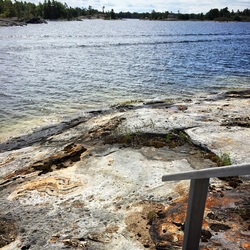
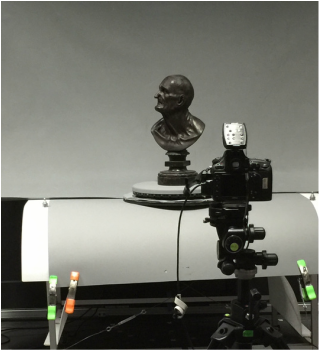
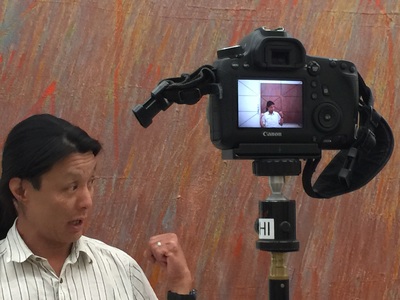
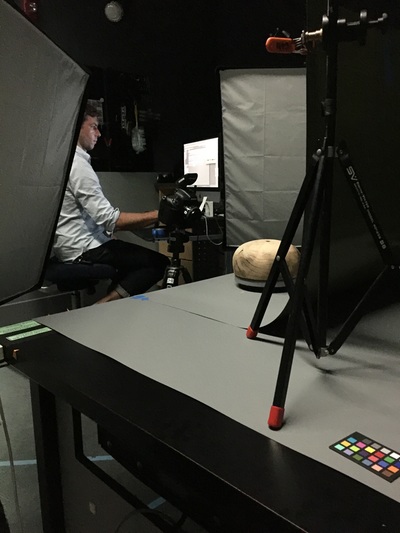
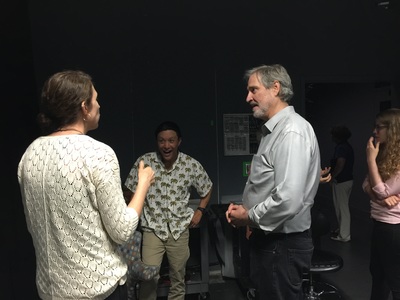
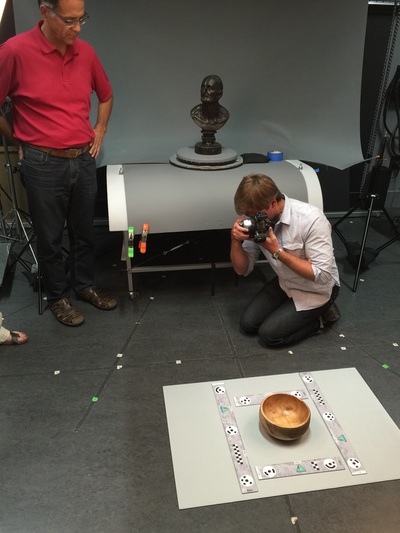
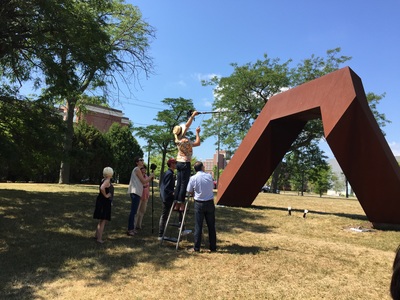
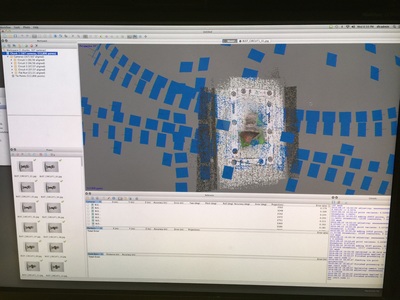
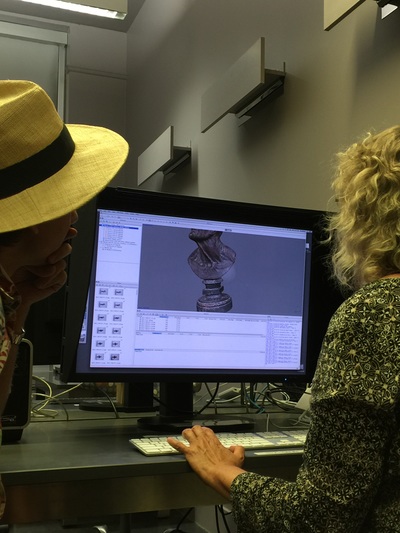
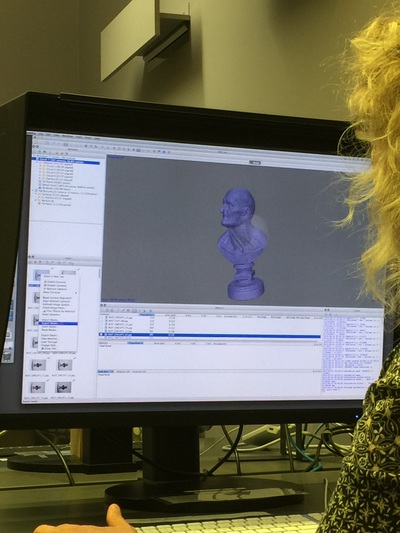
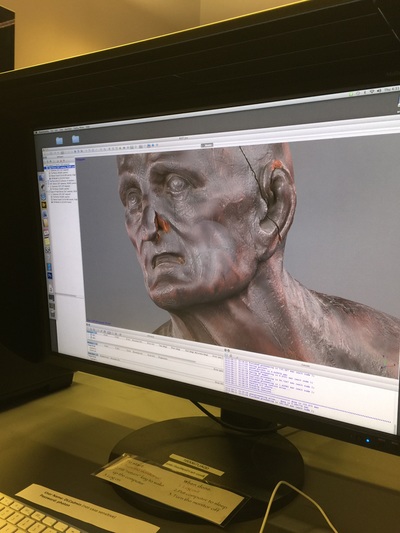
 RSS Feed
RSS Feed